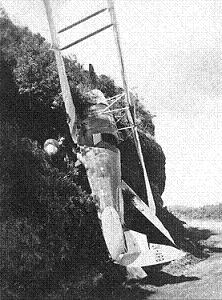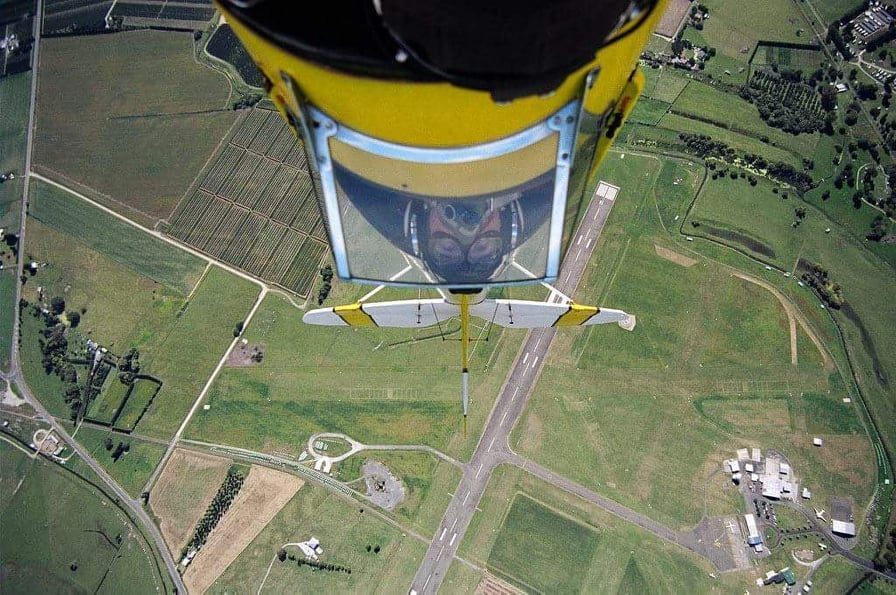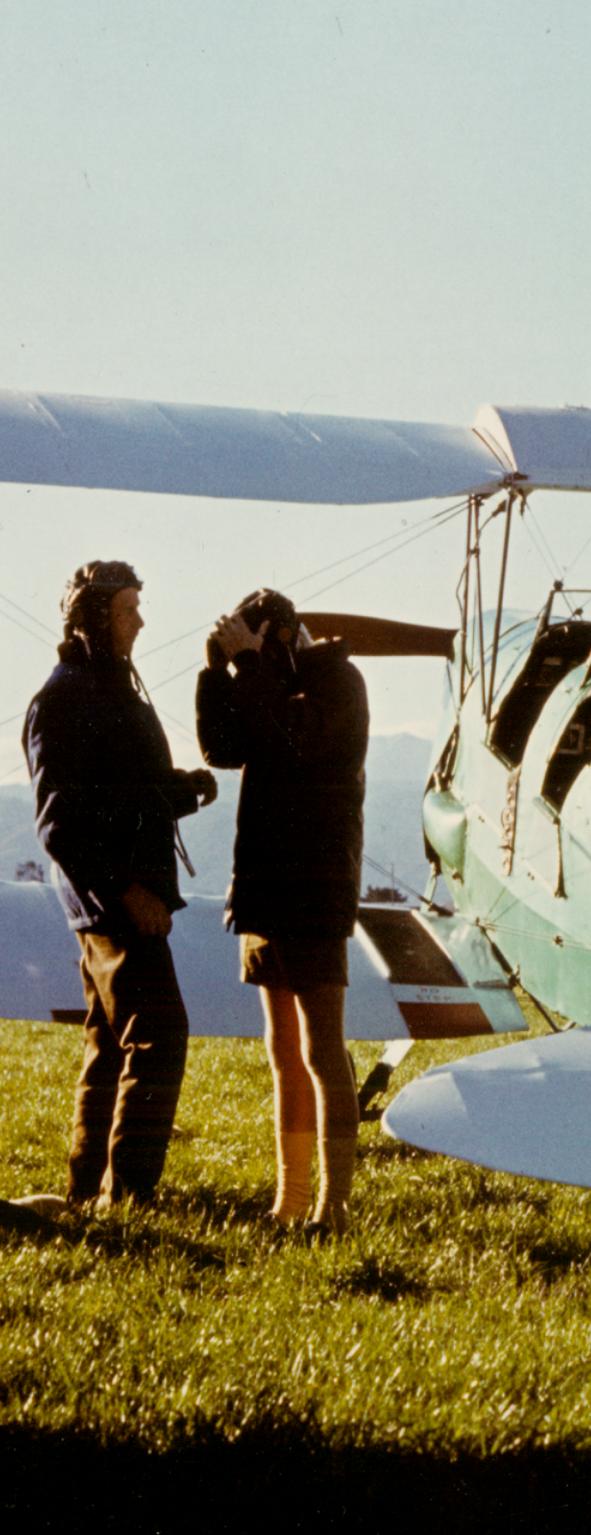It has always been the fundamental belief in aviation safety that incidents and accidents could be avoided by drawing on the (negative) experience of others. Reading about someone else’s mishap means maybe avoiding another similar incident, and has nothing to do with ‘rubber-necking’ or schadenfreude.
The intention is not to point fingers, but to learn from and avoid mistakes already made by someone. The accident reports here should be read with this in mind. They have been selected by Martin Burdan for their relevance to Tiger Moth, or generally tail dragger and vintage aeroplane operation.
The featured accidents span the last 15 years. They have happened in ‘modern times’ and reflect some problems not encountered by pilots in the classic period. But this is the environment we operate these aeroplanes in today.
If this still needed confirmation, these accidents prove how ‘dangerous’ (and expensive!) ground operations are in tail draggers, the majority of incidents consisting of hitting objects during taxi. The balance of events is made up by take-off performance issues, bounces and high rate of descent on landing, and some involving slow flight/stalls. This goes some way to explain the spin training program in which the Tiger Moth Club is involved (see spin training below).



